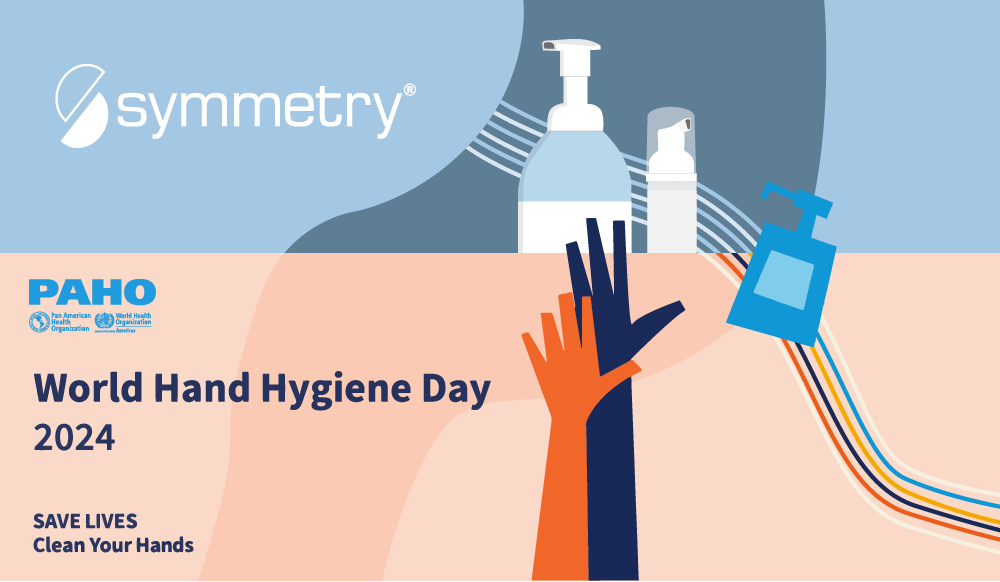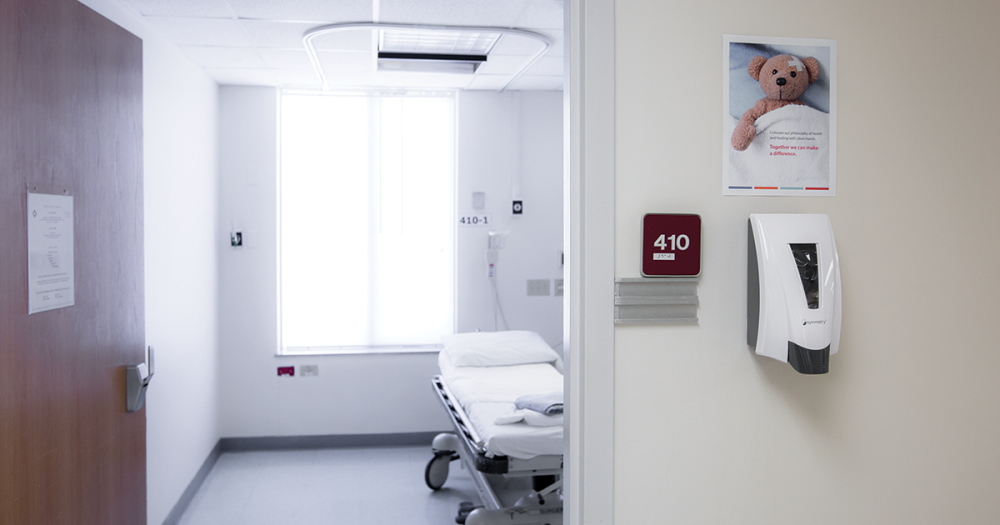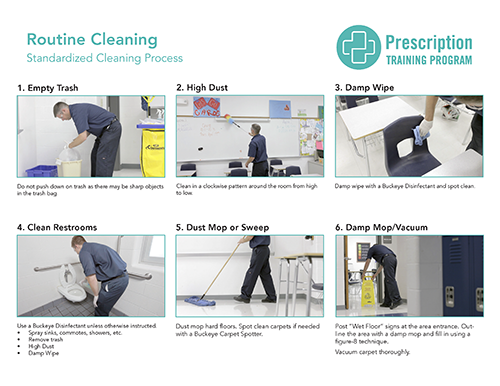We can’t wait to see you at APIC 2025! The APIC Annual Conference & Expo is the premier event for infection preventionists, and Symmetry is proud to be a part of it. As hand hygiene remains one of the most effective ways to reduce healthcare-associated infections (HAIs), Symmetry continues to lead with innovative solutions that support healthy hand hygiene behaviors and better skin health.
Why APIC Matters?
The APIC Conference is where infection prevention professionals come together to share best practices, explore new technologies, and shape the future of infection control. It's also an important time to recognize the critical role of infection preventionists and provide them with the tools they need to succeed and help decrease the spread of diseases.
At APIC 2025, Symmetry is excited to showcase the latest in hand hygiene innovation, including:
Symmetry’s Green Certified Hand Wash SMT™
A foaming hand wash formulated with Skin Moisturizing Technology that is designed for repeated use by healthcare clinicians.
Point of Care Tools
Symmetry’s Point of Care tools are designed to keep hand hygiene options available within reach at critical moments. This year at APIC, Symmetry is showcasing tools to help reduce cross-contamination by making compliance easy and accessible.
Behavior Modification System
Encouraging users is essential, and Symmetry provides tools that spread awareness through visual and audio cues that are designed to engage and encourage hand hygiene practices.
Improved Skin Health
Harsh soaps and frequent handwashing can lead to skin irritation, which often reduces compliance. This year at APIC, come see how our products improve your skin health even after repeated washing and drying of hands.
Creating a Culture of Compliance
True hand hygiene success happens when compliance becomes part of the culture. Symmetry provides the tools, education, and support to help facilities build sustainable programs that empower infection preventionists and protect patients.
Acceptance = Compliance = Lower HAIs
Improving hand hygiene compliance starts with providing products that clinicians want to use. Symmetry hand hygiene products are gentle, effective, and designed to increase compliance and help lower HAIs.
We can’t wait to see you at APIC this year. Visit us at Booth 726
Want more information? Visit APIC or contact a Buckeye representative.
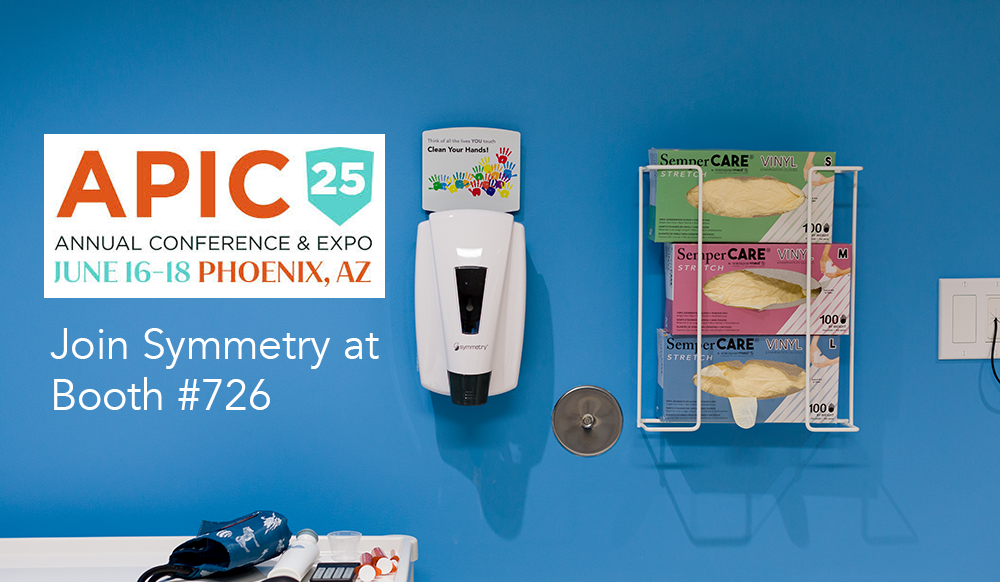
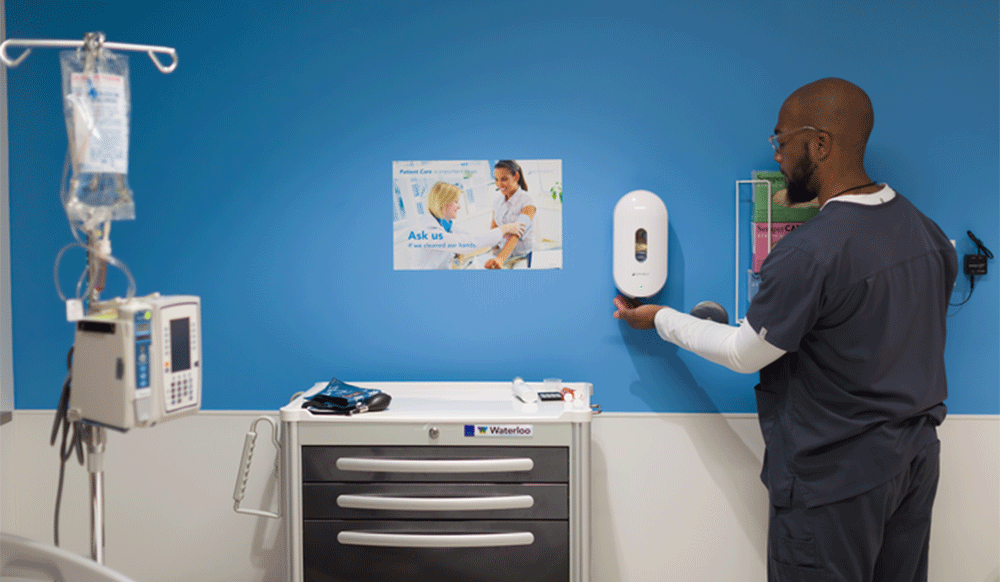
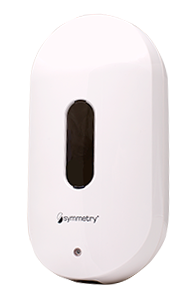
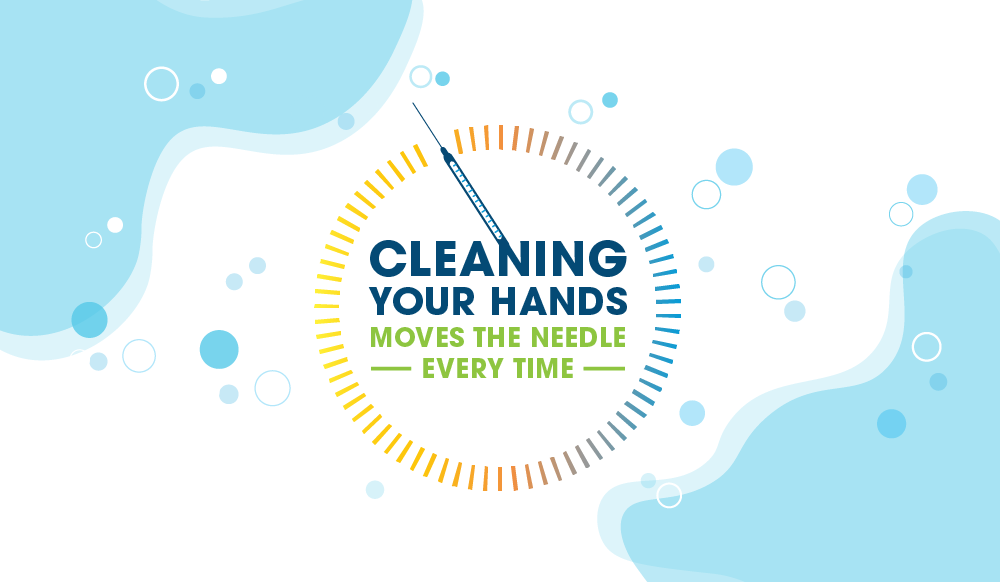
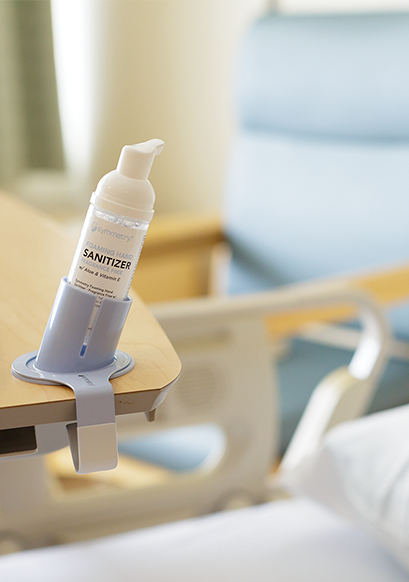

 In our sustainability efforts, we have always prioritized safety for workers and the environment. We are committed to enhancing product performance and safety through specialized training programs and education. In continuation of this, Buckeye has also field tested and approved changes to the following products that do not contain intentionally added PFAS:
In our sustainability efforts, we have always prioritized safety for workers and the environment. We are committed to enhancing product performance and safety through specialized training programs and education. In continuation of this, Buckeye has also field tested and approved changes to the following products that do not contain intentionally added PFAS: 